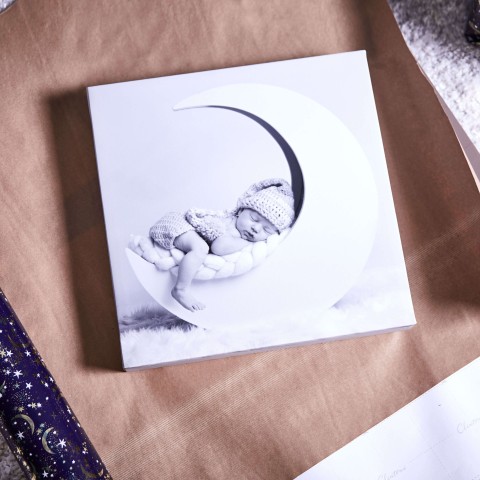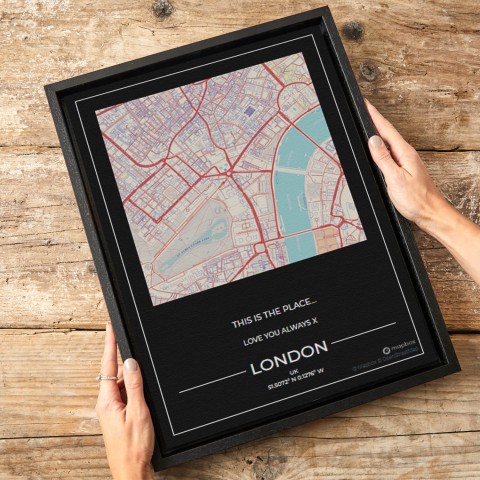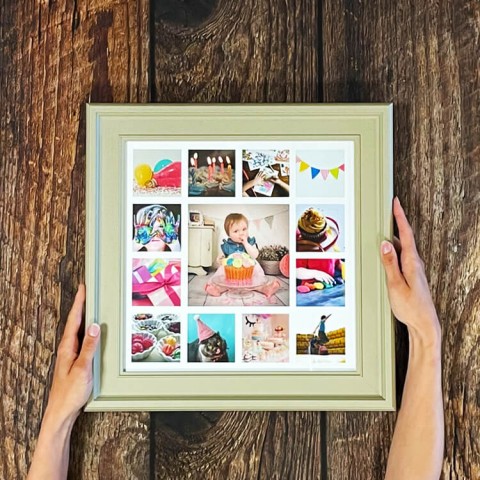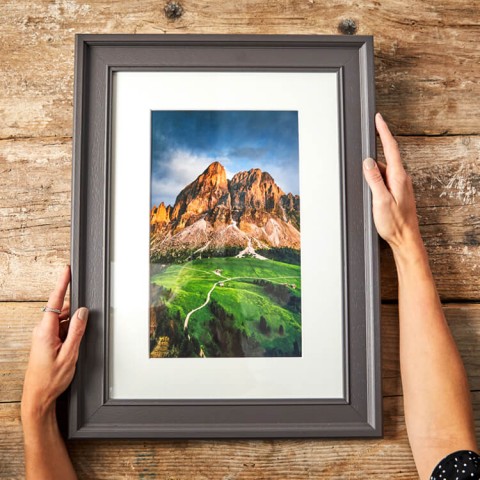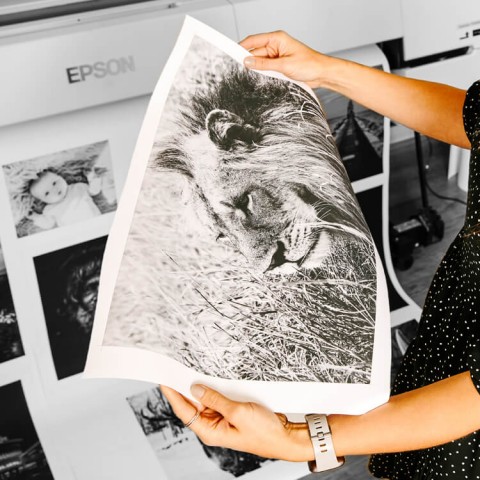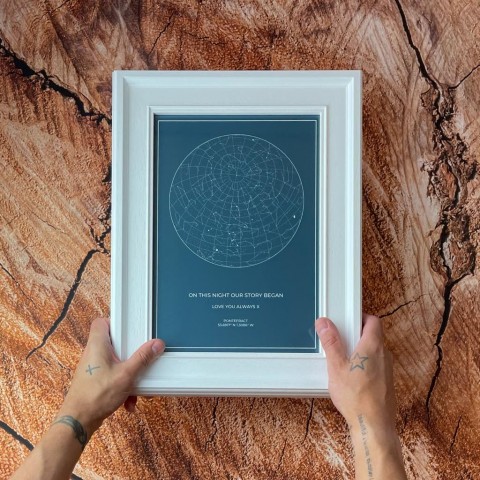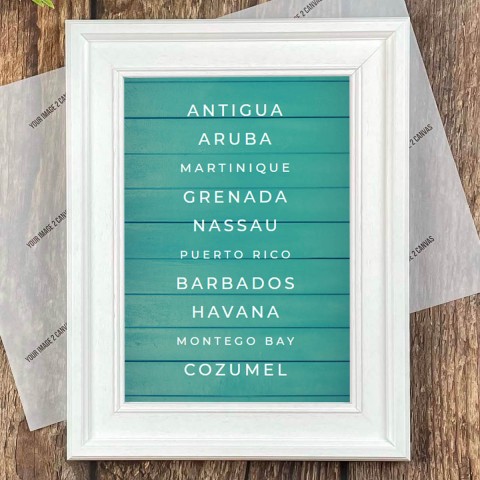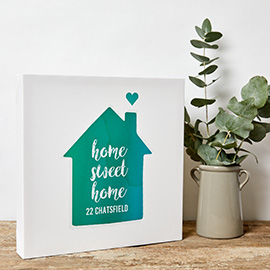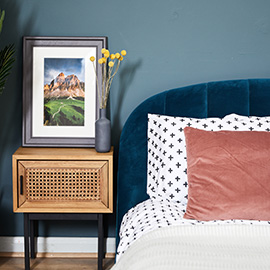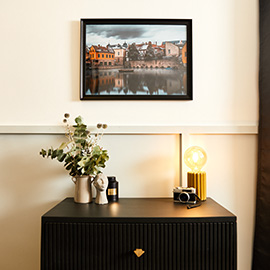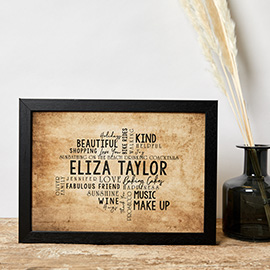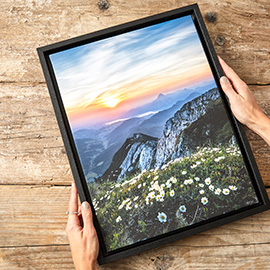Home Studio Photography
If you've been following the blog, you'll remember that we recently wrote a series of articles on home studio headshots. It's a great way to explore working with lights to produce some professional quality images on a budget. But what if you wish to shoot full length? Maybe you have a family and can't afford high street studio prices, or you simply wish to expand your knowledge and add another instrument to your photography toolbox. You may be considering setting up your own photography business to supplement your income. If any of these are true then this is the series for you! We'll guide you through the basics of studio photography and give you the skills to create canvases you can be proud of.
More power!
We covered the basic gear you'll need to shoot at home in the headshots series, but when it comes to shooting full length speedlights, shoot through umbrellas are severely limited. Why? It's all about POWER! When the light source is very close to the subject, such as when shooting headshots, you can get away with a single speedlight at somewhat less than full power; the problem becomes obvious as soon as you pull back to shoot full length because your light source needs to be much further away to light the subject and be out of shot, and that requires a lot more juice than our little flashgun can provide. So what's the answer? Studio lights! Even a basic studio strobe will provide at least three to four stops more juice than a speedlight, and that makes a massive difference, as we'll discover.
The power advantage of studio lights
As mentioned above, the primary advantage of studio strobes is additional power. Whenever we're shooting controlled studio shots we want the highest image quality we can get. This means that we want to be shooting at base ISO ─ usually 100 ─ and with an aperture between f8-f11. With your speedlight going through a modifier at a distance of between three and ten feet away, you'll probably have enough light to shoot at f2.8 with recycle times of around 2-4 seconds at full power – and that's not conducive to great studio photography!
A 300ws studio strobe will have around four times the power of a decent flashgun ─ that's four stops turning your f2.8 into f8 and with a recycle time of about a second. Now we're talking!
Next week we'll look a little deeper into studio strobes and the modifiers that'll get the best out of them.


